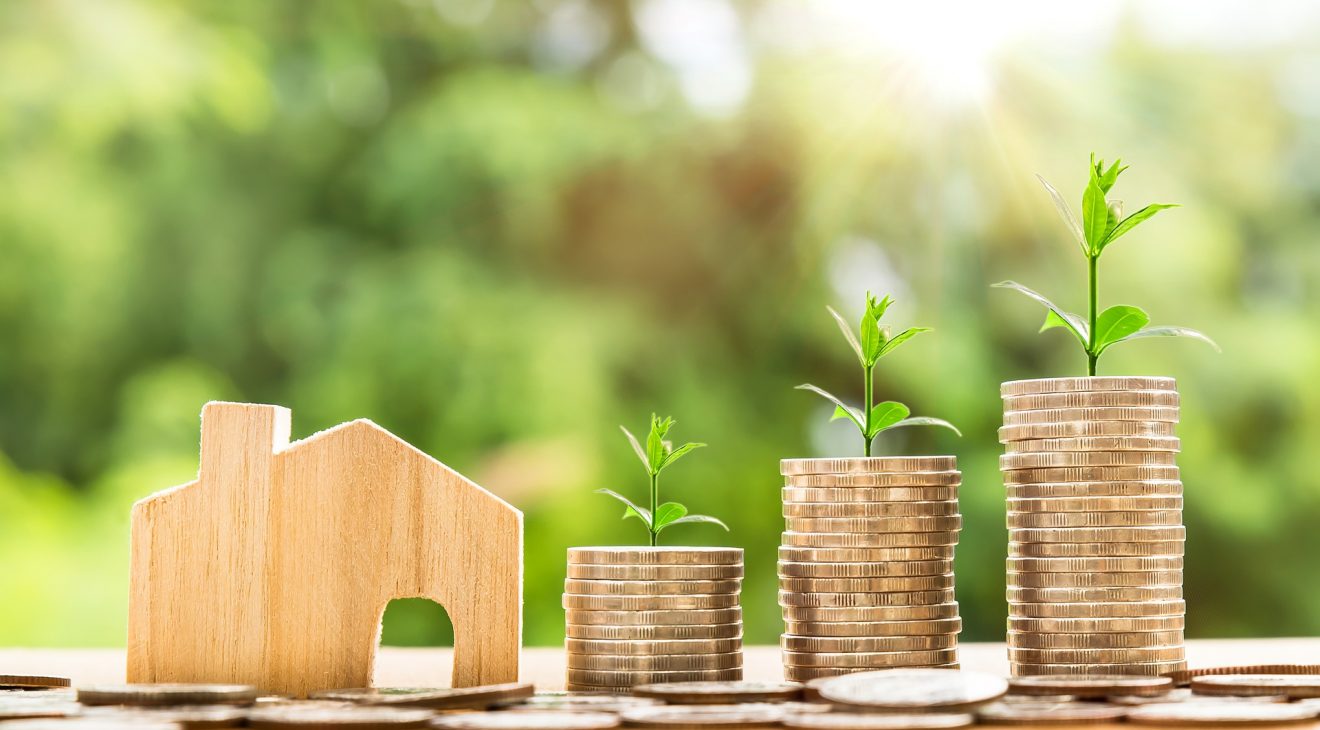
Sustainable Restoration: Mitigating the Environmental Impact of Building Material Replacement in Water Damage Claims
In the aftermath of water damage caused by clean water, the immediate response from the claims supply chain often involves removing and replacing building materials, commonly known as strip-out. However, industry leaders like Richfords advocate sustainable restoration and are expressing growing concerns about the practice of strip out and its environmental and financial repercussions. While strip-out might seem like a necessary step, it is frequently unnecessary and contributes to increased costs and a prolonged claims lifecycle. This article delves into the hidden environmental costs tied to the production and installation of new building materials, referencing relevant studies, and explores how the restoration of damaged materials can significantly reduce the ecological impact of insurance claims.
The Hidden Environmental Cost of New Building Materials vs Sustainable Restoration
The construction industry is a major contributor to environmental degradation, with the production and transportation of building materials accounting for a significant portion of carbon emissions. According to a World Green Building Council report, the construction sector is responsible for nearly 39% of global carbon dioxide emissions, mainly due to energy-intensive manufacturing processes and transportation.
New building materials used when restoring damaged properties add to this environmental burden. The extraction of raw materials, manufacturing processes, and transportation all contribute to greenhouse gas emissions. For instance, the production of plasterboard, a ubiquitous building material, is energy-intensive and releases 1kg of CO2 into the atmosphere for every 2kg of plasterboard produced.
Additionally, the disposal of the replaced materials further exacerbates environmental concerns. Landfills receive vast amounts of construction and demolition waste, contributing to soil and water pollution. As society becomes increasingly aware of the need for sustainable practices, it is crucial to reevaluate traditional approaches to property restoration after water damage.
The Misconception of Necessity in Strip-Out instead of Restoration
In cases of clean water escape, where the water is uncontaminated and poses no immediate health risks, the automatic resort to strip-out may not be the most prudent course of action. Richfords advocates for a more nuanced approach, emphasising that not all instances of water damage necessitate the removal and replacement of building materials.
Rapid advancements in technology and restoration techniques, such as Low-Pressure Injection Drying and High-Pressure Suction, now enable Restoration Professionals to salvage and restore many materials that would have previously been discarded. This shift towards a more sustainable approach aligns with the broader movement within the construction industry to adopt eco-friendly practices.
Sustainable Restoration: Reducing the Environmental Footprint
Restoring damaged building materials emerges as a sustainable alternative to the conventional strip-out approach. Restoration significantly reduces the environmental impact and proves to be a more cost-effective and efficient solution.
The Role of Insurance Companies in Promoting Sustainable Restoration Practices
Insurance companies play a pivotal role in influencing restoration practices within the industry. As environmental consciousness becomes integral to corporate responsibility, insurers are recognising the importance of promoting sustainable solutions in claims management. Some insurance providers are incentivising policyholders and restoration professionals to opt for environmentally friendly practices by offering reduced premiums, excesses or other benefits.
Furthermore, industry collaborations, like those between insurers and restoration companies, foster sustainable restoration protocols’ development and implementation. Richfords, as a damage management specialist, has advocated for sustainable practices, emphasising the importance of minimising strip-out and, thus, the environmental impact of restoration efforts.
A Call for Industry-wide Change
Richford’s concerns about the environmental impact of strip-out following water damage are part of a broader call for industry-wide change. The construction and insurance sectors must collaborate to establish and promote sustainable practices that balance the need for effective restoration with environmental responsibility.
In conclusion, the environmental cost of new building materials cannot be ignored, especially in the context of water damage restoration. Through a shift in perception, increased awareness, and the adoption of advanced restoration techniques, the industry can significantly reduce its carbon footprint. By raising awareness about the unnecessary strip-out and promoting restorative solutions, Richfords exemplify the commitment needed to create a more sustainable future for property restoration after water damage. As stakeholders in the industry reevaluate their practices, the potential for positive environmental impact grows, ushering in an era where property restoration harmonises with ecological responsibility.
References
Architects to the climate front – FORMLINER (formlinermag.com)
Technology: Sweden counts the cost of a comfortable sofa | New Scientist